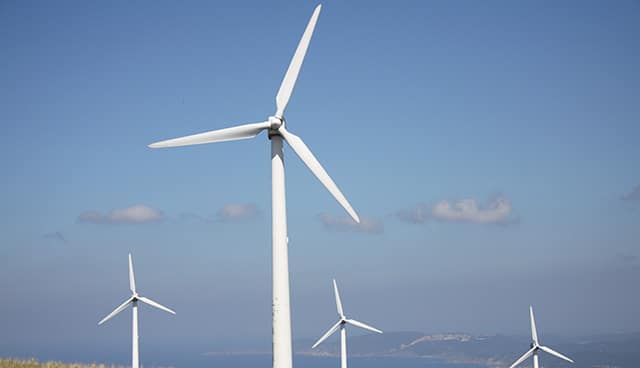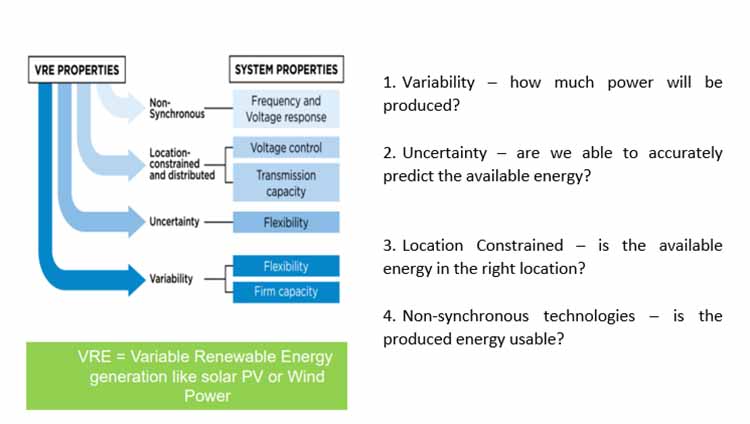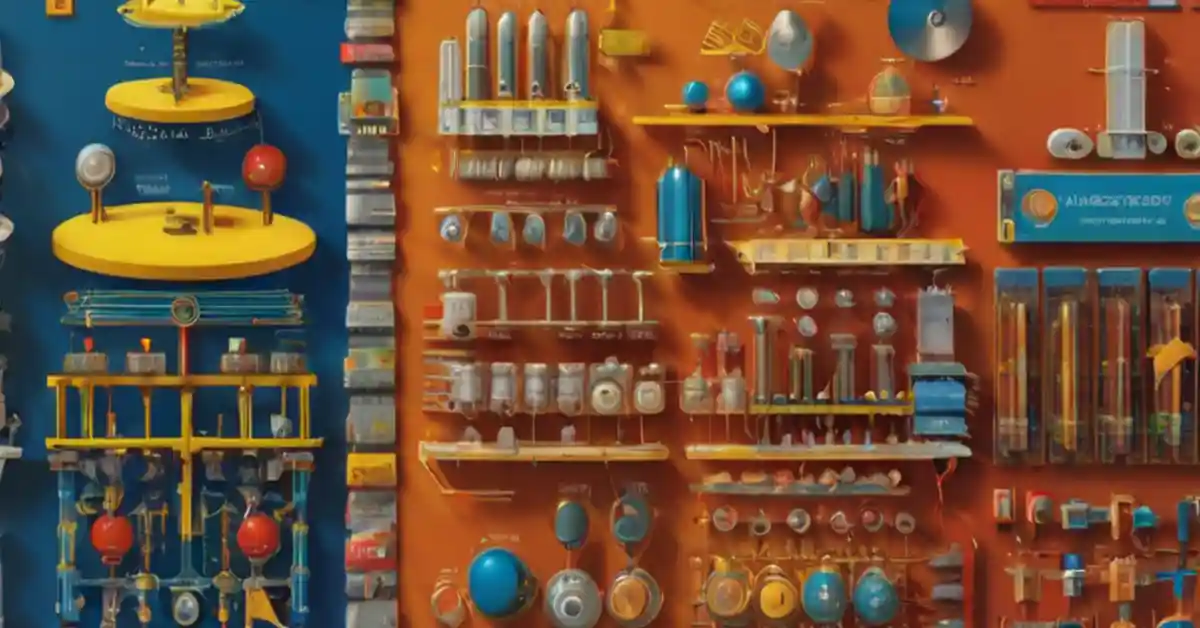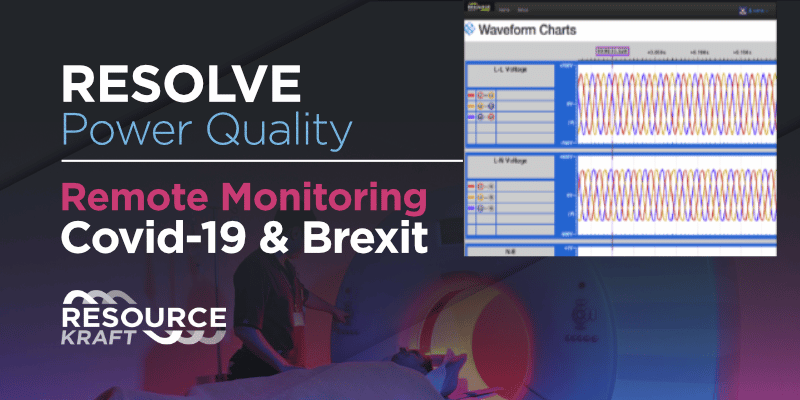As we move towards more renewable energy generation, we encounter problems that did not occur in our current system of generation – namely the variability of the power output.

We can predict with a good amount of accuracy how much wind is going to blow or the amount of sunlight on any given day, but we are still some way off 100% accuracy. This article will describe the downsides of renewable energy generation and will go into some ways in which we can mitigate these issues.

Most of our traditional power systems are based on synchronous generation systems. These are reliable power generators such as coal, oil or gas which produce the same amount of energy from the moment they are brought onto the grid. They allow for easy prediction of energy generation as you know that if you bring a 10MW gas turbine online you will get 10MW of power. The most common type of renewable energy in Ireland, wind power, is a form of non-synchronous generation as you don’t know how much power a wind farm will produce on any given day.
Location constraints luckily don’t apply as such to Ireland due to our size and the amount of VRE that is available to us in the form of wind energy. The power generation capacity available from the wind in Ireland is enough to power & transmit around the country if it can be done so reliably.
Since we are unable to predict the exact amount of wind that will be generated or the power that we will use there will need to be contingencies in place to combat these issues. The foremost idea for combating these issues is energy storage. Storing energy either in pumped hydro plants or in batteries allows for excess energy to be kept for later use at peak times or when generation is lower than expected.
The increase in VREs is a challenge to human ingenuity and requires us to rethink how we generate our power. In order to bring more renewable energy onto the grid Ireland will need to make sure that we have the ability to account of the issues above without causing power outages or shortages.
To discuss any of the information outlined above, contact us by clicking below and request to speak to one of our specialists.









